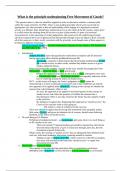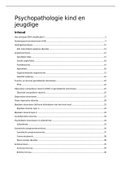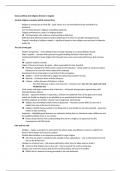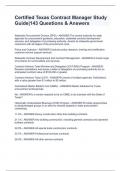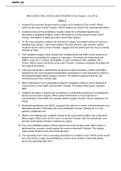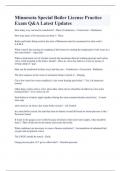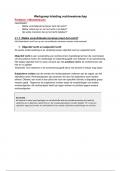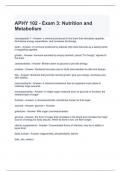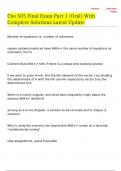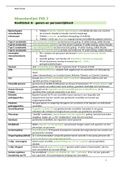Summary
Summary European Union Law - The Principle Underpinning Free Movement of Goods
- Module
- Institution
Comprehensive break down of the different viewpoints on the principle underpinning free movement of goods in EU law through all the key cases (Dassonville, Cassis de Dijon, Keck, Commission v Italy, Mickelsson and Roos). This document also includes lengthy analysis that can be used to structure an ...
[Show more]
